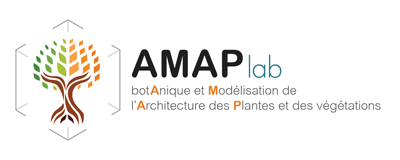Gully prevention and control: Techniques, failures and effectiveness
Résumé
Gully erosion is a major environmental problem, posing significant threats to sustainable development. However, insights on techniques to prevent and control gullying are scattered and incomplete, especially regarding failure rates and effectiveness. This review aims to address these issues and contribute to more successful gully prevention and control strategies by synthesizing the data from earlier studies. Preventing gully formation can be done through land use change, applying soil and water conservation techniques or by targeted measures in concentrated flow zones. The latter include measures that increase topsoil resistance and vegetation barriers. Vegetation barriers made of plant residues have the advantage of being immediately effective in protecting against erosion, but have a short life expectancy as compared to barriers made of living vegetation. Once deeply incised, the development of gullies may be controlled by diverting runoff away from the channel, but this comes at the risk of relocating the problem. Additional measures such as headcut filling, channel reshaping and headcut armouring can also be applied. To control gully channels, multiple studies report on the use of check dams and/or vegetation. Reasons for failures of these techniques depend on runoff and sediment characteristics and cross-sectional stability and micro-environment of the gully. In turn, these are controlled by external forcing factors that can be grouped into (i) geomorphology and topography, (ii) climate and (iii) the bio-physical environment. The impact of gully prevention and control techniques is addressed, especially regarding their effect on headcut retreat and network development, the trapping of sediment by check dams and reduction of catchment sediment yield. Overall, vegetation establishment in gully channels and catchments plays a key role in gully prevention and control. Once stabilized, gullies may turn into rehabilitated sites of lush vegetation or cropland, making the return on investment to prevent and control gullies high.
Origine : Fichiers produits par l'(les) auteur(s)
